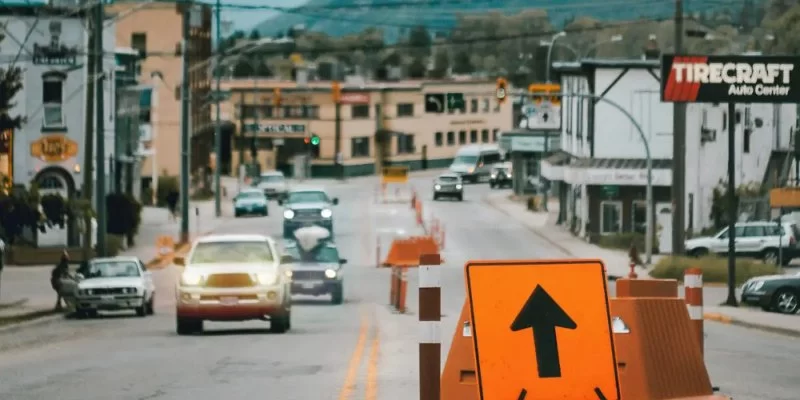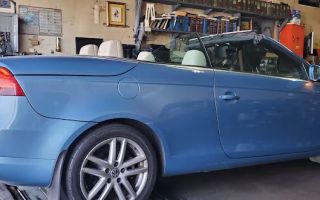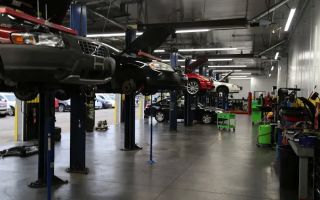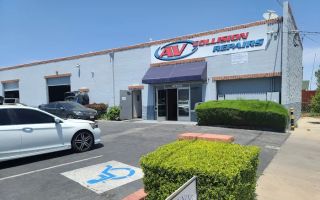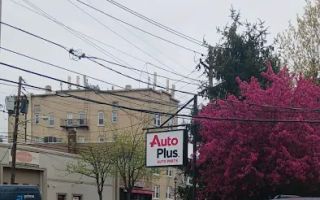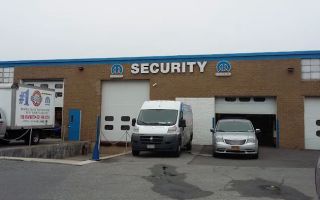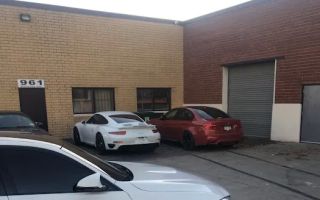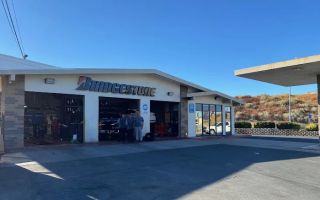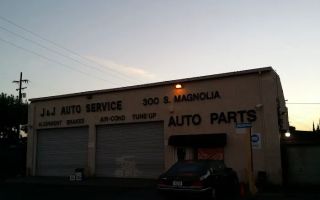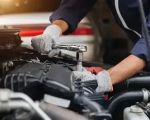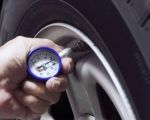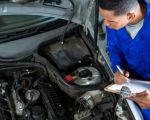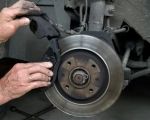- understanding-the-dangers-in-construction-zones - Why Construction Zones Require Extra Caution
- speed-awareness-and-sign-recognition - The Importance of Slowing Down and Reading Road Signs
- driver-behavior-and-predictive-awareness - Anticipating the Unexpected in Active Work Zones
- safe-maneuvers-around-heavy-equipment - Navigating Near Machinery and Construction Workers
- distraction-free-driving-in-construction-areas - The Role of Attention and Technology in Road Safety
- real-life-case-driver-error-road-crew - Real Case: When a Moment’s Distraction Turned Into a Tragedy
- support-and-emergency-services - Where to Turn When You Need Help on the Road
1. Why Construction Zones Require Extra Caution
Road construction zones aren’t just another part of your drive—they are dynamic, unpredictable environments filled with workers, machinery, and shifting traffic patterns. Whether you’re driving on a rural highway or a city bypass, construction zones demand more focus and patience than open roads. Lane shifts, narrowed paths, sudden stops, and exposed workers create a perfect storm where one misstep can cost lives.
Every year, thousands of accidents occur in work zones, many of which are caused not by poor road conditions, but by drivers failing to adjust to the temporary environment. Respect for construction crews means respect for human life. Driving with awareness through these zones is not just good manners—it’s lifesaving.
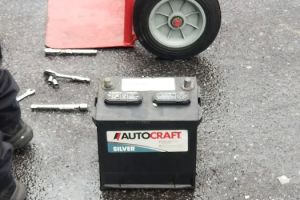
AutoZone Auto Parts
5701 Broadway, Bronx, NY 10463, USA
2. The Importance of Slowing Down and Reading Road Signs
2.1 Reduced Speed Limits Are There for a Reason
Many drivers view reduced speed limits in construction zones as an inconvenience. However, these adjustments account for the presence of workers, uneven road surfaces, and delayed reaction times. A car traveling just 10 mph over the posted limit can double its stopping distance—potentially hitting a worker or piece of equipment before even having time to brake.
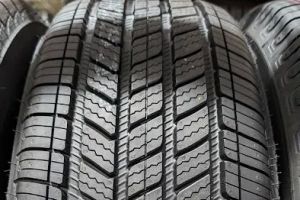
Costco Tire Center
1250 Old Country Rd, Westbury, NY 11590, USA
2.2 Signage Is Your Best Guide
Signs warning of lane closures, flaggers ahead, or detours aren’t suggestions—they’re survival tools. Reading and reacting to these signs early keeps traffic flowing smoothly and avoids last-second lane changes that can cause pileups or collisions with barriers.
3. Anticipating the Unexpected in Active Work Zones
3.1 Expect Sudden Changes
One of the most dangerous aspects of driving near construction crews is the unpredictability. Workers may suddenly cross the road, machinery may move into the driving lane, and other vehicles may brake without warning. Defensive driving becomes essential.
3.2 Leave More Following Distance
Tailgating is never safe, but in a work zone, it’s especially risky. Keep a longer-than-usual distance between your car and the one ahead. This gives you—and everyone around you—more time to react to hazards that appear in an instant.
4. Navigating Near Machinery and Construction Workers
4.1 Stay Visible and Predictable
Large construction equipment like dump trucks, cranes, and road rollers have massive blind spots. If the operator can’t see you, you’re in danger. Avoid weaving around slow-moving machinery and always drive in clearly marked lanes. When in doubt, assume the crew doesn’t know you’re there.
4.2 Respect Temporary Traffic Controls
Cones, barriers, and flaggers serve a crucial purpose. Driving around cones or ignoring a flagger’s signal is not only illegal—it’s reckless. These controls are in place to keep both workers and drivers from harm.
5. The Role of Attention and Technology in Road Safety
5.1 Put the Phone Down—Literally
Using a smartphone while driving is dangerous anywhere, but in construction zones, it’s even more so. Glancing at a text can mean missing a sudden stop or a worker stepping out. Many areas now enforce double fines for phone use in work zones.
5.2 Let Your Vehicle Assist, But Don’t Rely On It Fully
Modern driver-assist features like lane departure warning or adaptive cruise control can help—but they’re not foolproof. These systems often struggle with temporary lane markings or unfamiliar road layouts in construction areas. Human judgment remains irreplaceable.
6. Real Case: When a Moment’s Distraction Turned Into a Tragedy
In 2022, a widely reported incident occurred in Ohio where a distracted driver struck two highway workers on I-70. The driver admitted to adjusting his GPS and never saw the flashing lights or warning signs. Both workers sustained life-altering injuries.
This tragedy wasn’t caused by recklessness—it was a moment of inattention. But that’s all it takes. Work zones demand total focus, not just for your safety but for the people who are inches from moving traffic all day long.
7. Where to Turn When You Need Help on the Road
Sometimes, despite your best efforts, things still go wrong. A flat tire in a narrow construction lane or a minor fender-bender near an active work zone can be overwhelming. That’s where reliable support becomes essential. At Rescue & Towing, you’ll find quick-response assistance designed for high-risk areas, including construction zones.
They not only tow vehicles but also help you navigate temporary routes, offer emergency fuel delivery, and ensure your car is moved safely without interfering with ongoing roadwork. For drivers who value both safety and responsibility, having a support partner like Rescue & Towing on call can turn a stressful event into a managed solution.

